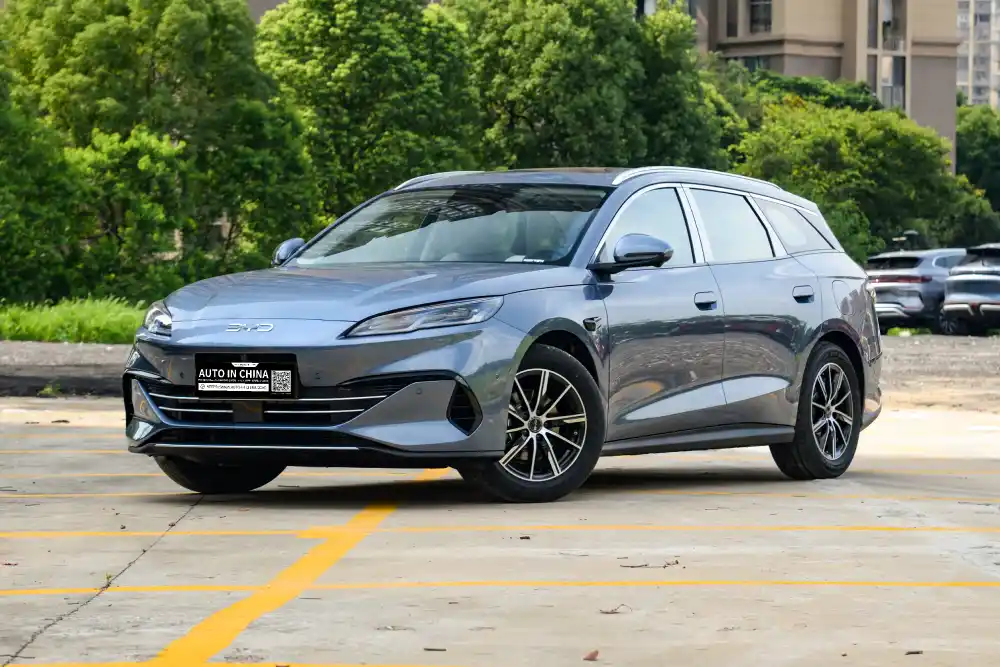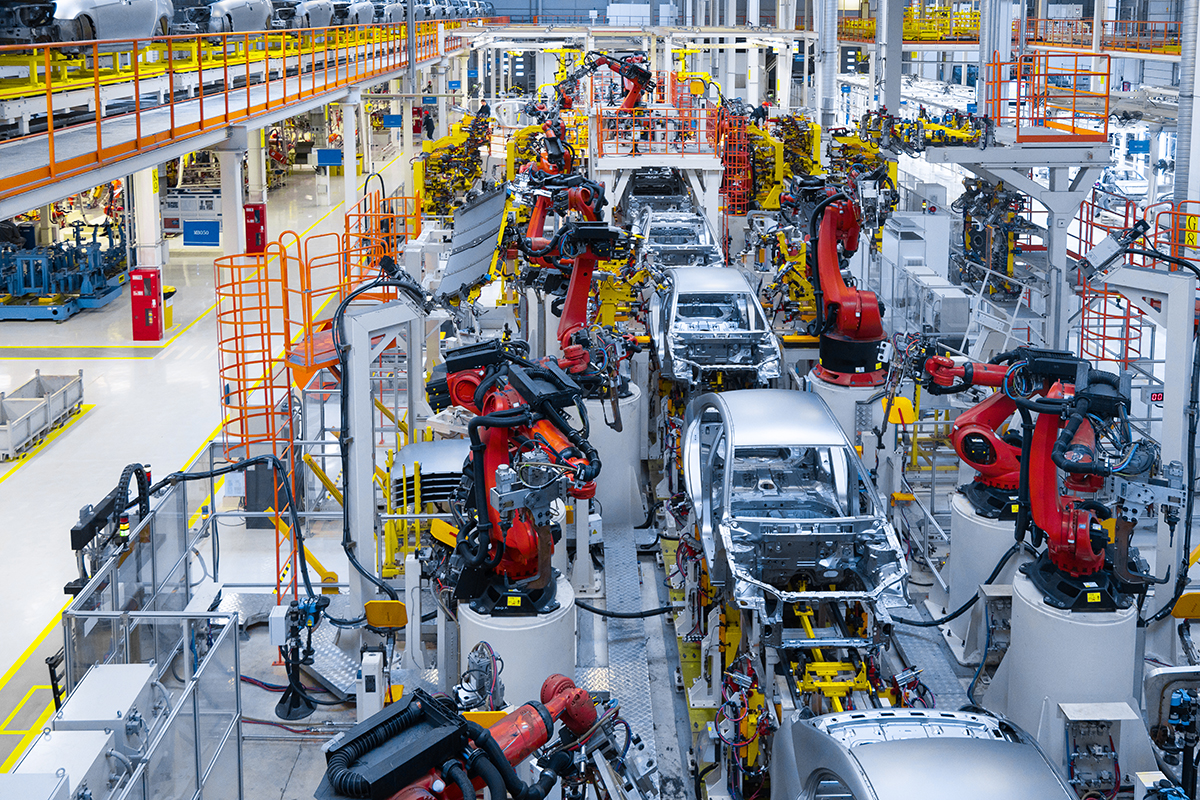Article Content
Introduction: The Rise of China’s Auto Giants
In 2023, China surpassed Japan to become the world’s largest auto exporter, shipping 4.91 million vehicles (source: China Association of Automobile Manufacturers). This historic shift marks China’s evolution from a manufacturing hub to a global innovation powerhouse. But how did Chinese car manufacturers achieve this? From groundbreaking battery tech to aggressive global expansion, here’s how they’re rewriting the rules of the automotive industry.
1. Top Chinese Car Manufacturers Dominating 2024
a) BYD (Build Your Dreams)
- Positioning: The world’s largest EV maker, with 2023 sales topping 3.02 million units (outpacing Tesla).
- Core Tech: Blade Battery (600 km range, 30% cost reduction vs. traditional batteries).
- Global Strategy: Factories in Thailand and Brazil; targeting 15% European EV market share by 2030.
b) Geely
- Acquisition Powerhouse: Owns Volvo, Lotus, and Polestar, blending European engineering with Chinese efficiency.
- Flagship Model: Zeekr 001 electric coupe (0-60 mph in 3.8 seconds, priced at $40,000).
c) NIO
- User Experience: Global battery-swap network (5-minute full charge).
- Premium Play: ET7 sedan with lidar and 4 NVIDIA chips, competing directly with Tesla Model S.
d) SAIC Motor
- Global Success: MG brand sells 200,000+ cars annually in Europe, with 70% of buyers under 35.
e) Great Wall Motors (GWM)
- Niche Master: Ora (female-focused EVs) and Tank (off-road SUVs) cater to specific demographics.

BYD, Geely, and NIO electric cars displayed at an international auto show
2. Four Competitive Advantages of Chinese Automakers
a) Unmatched Cost Efficiency
- Localized supply chains: Battery giants (CATL) and chipmakers (Horizon Robotics) ensure cost control.
- Fact: Chinese EVs cost 35% less on average than Western counterparts (McKinsey & Company).
b) Battery Technology Dominance
- China produces 73% of global EV batteries, with CATL holding a 37% market share.
- BYD’s sodium-ion batteries: 50% better cold-weather performance, 20% cheaper than lithium-ion.
c) Smart Car Innovation
- XPeng’s XNGP: Autonomous driving system with 3x fewer interventions than Tesla FSD in complex urban traffic.
- Huawei Harmony OS: 5G-connected infotainment with voice-controlled smart cabin features.
d) Government Backing
- Dual Carbon Goals: $150 billion in state subsidies for EVs and renewable energy infrastructure.
- Tax Incentives: 17% VAT rebate for EV exports fuels overseas expansion.

Assembly line production of new car. Automated welding of car body on production line. robotic arm on car production line is working
3. Challenges and Future Opportunities
a) Battling Brand Perception
- Survey: 62% of European consumers still associate Chinese cars with “low cost, low quality” (J.D. Power).
- Counterstrategy: NIO Houses in Berlin offer premium lounges and test drives to redefine luxury.
b) Navigating Trade Barriers
- EU anti-subsidy probes may impose 15% tariffs on Chinese EVs.
- BYD’s response: Building a $1 billion plant in Hungary for localized production.
c) Sustainable Mobility
- Zero-Carbon Factories: CATL’s Sichuan facility runs entirely on hydropower.
- Battery Recycling: Huayou Cobalt achieves 95% material recovery rate for lithium.
Conclusion: The Road Ahead for Chinese Brands
From fast followers to industry pioneers, Chinese car manufacturers are leveraging innovation and scale to lead the global EV revolution. With L4 autonomous driving trials (2025) and solid-state batteries (debuted in NIO ET9), this is just the beginning.